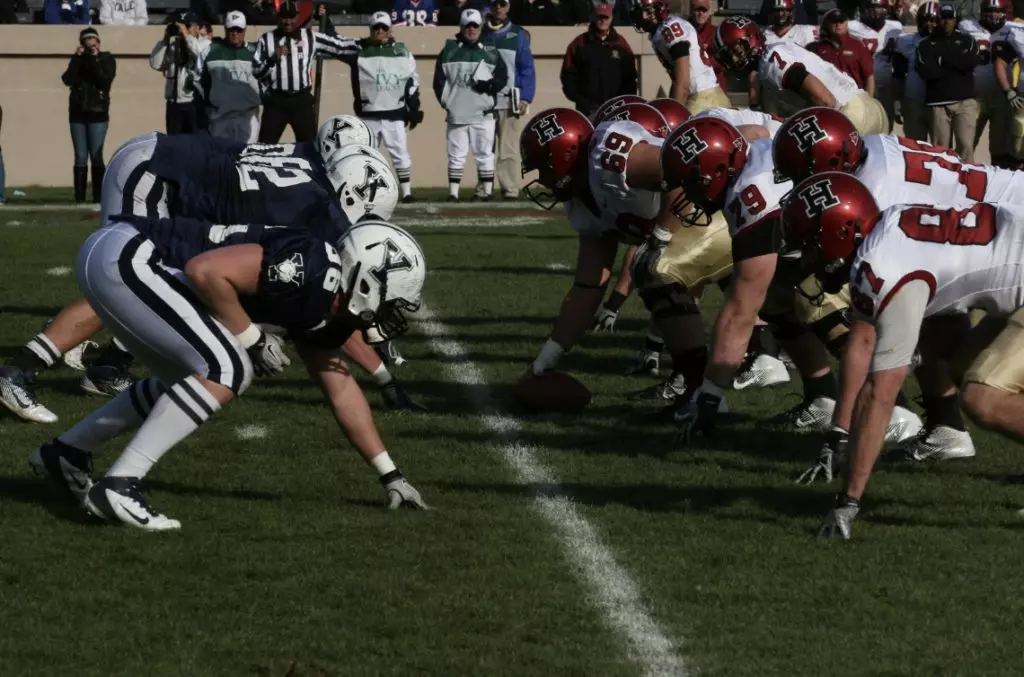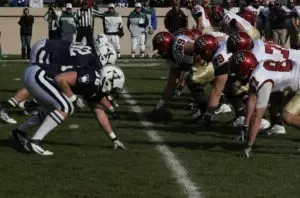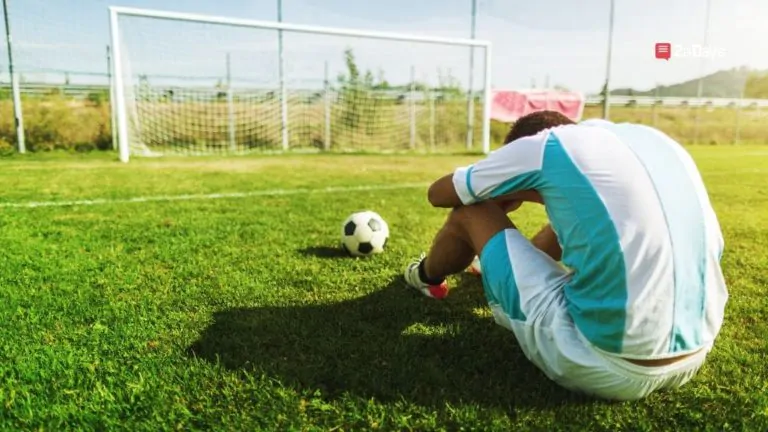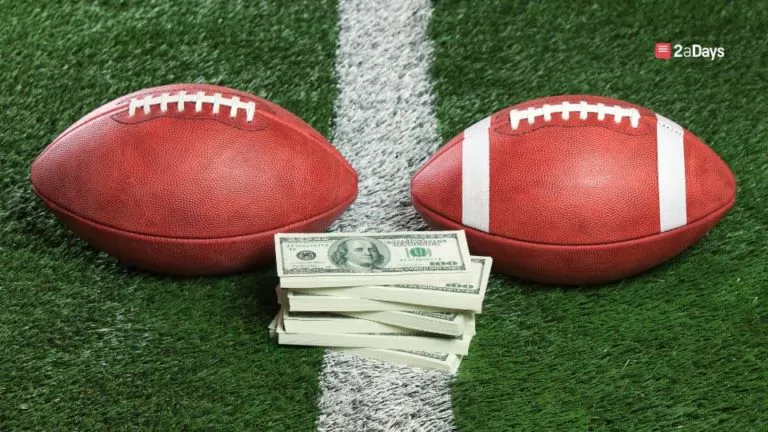The NCAA is always changing, for better or for worse or whether we like it or not. In the case of the two rule changes that were made by the NCAA Division I Council on June 13th, I think most might agree with the changes. Keep in mind there can always be modifications, but for Division I football players, this might be a step in the right direction.
Let us start by talking about the new redshirt rule. In the past, players were granted five years to complete four years of eligibility. This meant one year was spent not participating in any games or travel; this was usually during players first year on campus. Even if the player saw live action for a single snap, they would not be allowed to redshirt that year.
The NCAA redshirt rule change some say is groundbreaking. The same timeline still exists, but players can now compete in up to four games during their redshirt season and still remain eligible. This means that the typical redshirt-freshman will still be allowed to play in four games before having to sit out for the rest of the season. This can keep players motivated, so they work hard for playing time, and so they feel like they are still a part of the team, despite redshirting. Having game experience is excellent for a player's growth and overall development as a player.
This redshirt rule change may even decrease the number of transfers. The feeling of being more involved and they feeling that the player is helping to build a program may keep them invested in their University. Instead of searching elsewhere to make an impact, players can see first hand what their role is come game day.
Moving on to the second redshirt rule. The NCAA has made tremendous strides with its change to the unfair transfer rules that were previously in place. Athletes seeking to transfer may now begin the process without permission from their current university. Colleges will no longer be able to prevent players from transferring or receiving scholarships elsewhere. Programs can no longer put limits on when or where athletes can transfer.
This benefits student-athletes that are capable of playing for top universities, but can also be dangerous for the athletes that are not being looked at by coaches. A player could submit transfer forms and be released from their current university, but if they do not have a college lined up to play for it can be a very risky move for the athlete.
Although the NCAA no longer forces athletes to get permission before contacting other coaches, conferences still can. Conferences, such as the SEC, may still make rules that are more restrictive than the national rules. It is unfortunate that the NCAA cannot make these rule changes across all of the conferences.
Both rules allow for the athlete to have the power. For way too long the NCAA placed most of the power in the schools' hands. Now, especially with the transfer rule, athletes are treated more fairly and with a little more control over their collegiate athletic career.
The two new NCAA rule changes are significant improvements for the student athlete's redshirting experience. Allowing players to play a little during the redshirt year can motivate them to work hard and for them to look ahead for their future as an athlete. Allowing athletes to have control on when they want to transfer and to where they want to transfer to is a step in the right direction for supporting the athlete.
* Originally published on November 26, 2018, by Samantha Nemirov







